ANDREW OXLEY
Keynotes designed to motivate and
inspire your group to action
Meet Andrew
Internationally recognized speaker, author, and executive coach.
He is the founder of The Oxley Group, an Executive and Leadership Coaching Practice with a focus on helping companies attract, develop, and retain high-performing employees that deliver exceptional performance.
He inspires thousands of CEO’s and leaders every year through speaking, training, and coaching. His clients include many household names including Mohawk, CNN, Cartier, TK Elevator, and Progressive.

Keynote Samples
National Association of Mortgage
Field Services Convention
Keynote Address
Clip: Dave Cooper
What do you do when you know that your boss's instructions will lead to failure, and no matter how well you try to respectfully push back on those instructions, you're met with 'this is what we're going to do!'? How do you move forward?
Mohawk Convention
Keynote Address
Clip: UNO Cards
When it comes to changing the way that employees engage with each other and their customers it is not enough to review the same tired old strategies that have not worked before. The first step in turning frustration into delight is to UNDERSTAND yourself and DISCOVER the different ways people interpret words such as ‘customer service’ and ‘teamwork’.
Starnet Fall Convention
Keynote Address
Clip: Three Roles Of A Leader
Are you the Hero, Villain, or the Guide of your Employees lives? Do you know how playing each role may affect your team's productivity?
Testimonials
"The Oxley Group provides incredible subject matter expertise in leadership development and delivers the message and skills to a diverse audience."
James Garris
PRODUCTION MANAGER, COCA-COLA COMPANY
"We have experienced a direct and measurable impact to our business and bottom line through our involvement with Oxley's program and services."
Greg Syfan
PRESIDENT , SYFAN LOGISTICS
"If you have the opportunity to bring the Oxley Group in to work with your business for leadership development you will not be disappointed."
Anthony Shope
COO, HALSKI SYSTEM
Learn the same leadership secrets used by some of the world’s
top brands.
Our Clients






